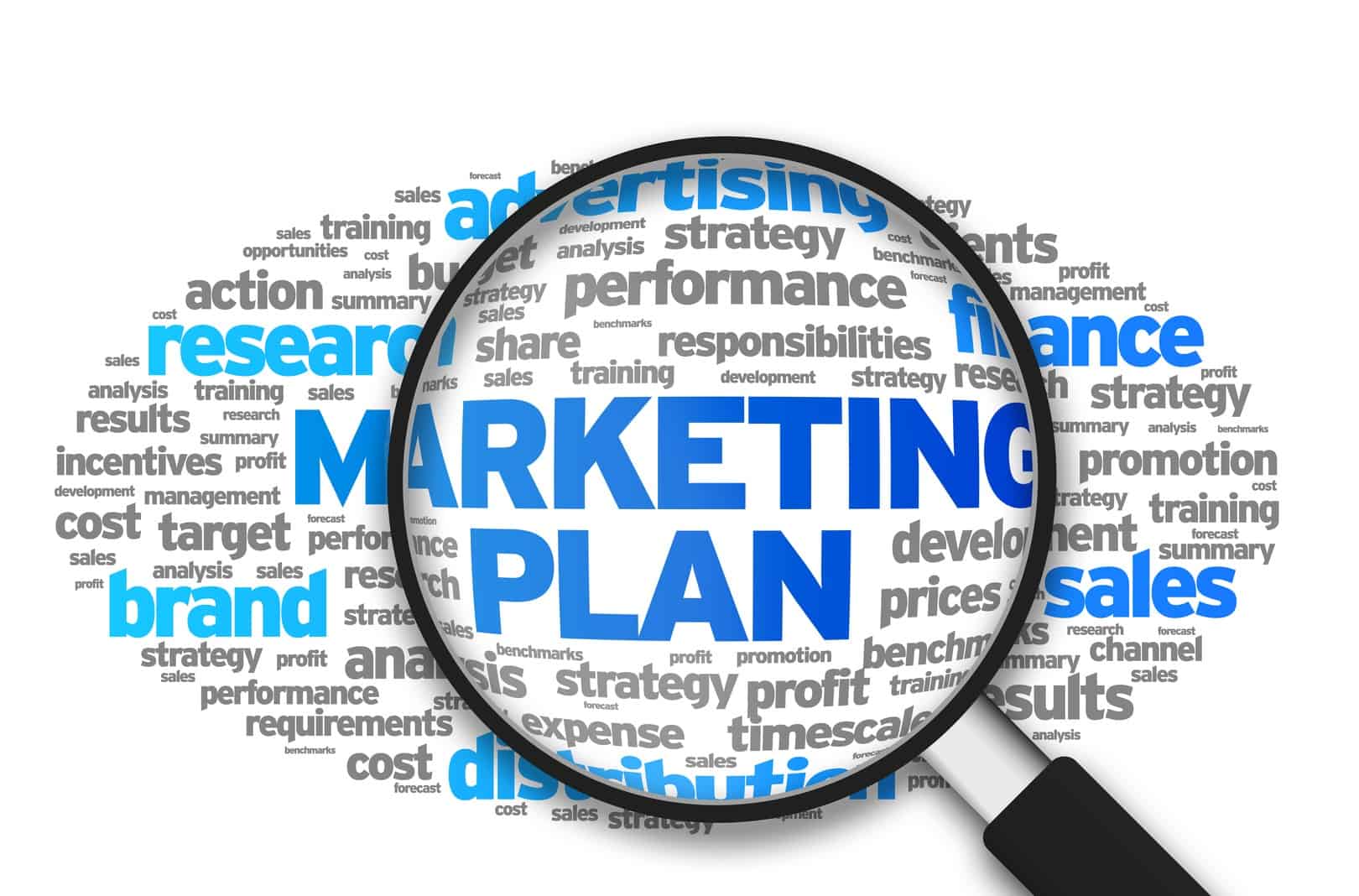How To Write Effective Emails That Will Improve Your Communication
One of my main tasks as a Head of Operations at 24slides is communicating with existing and potential customers. As our customers are located all over the world, I write emails. A lot of emails. I write emails to update and inform customers, to check in, to evaluate processes, to schedule meetings, you name it – I probably have to write an email about it.
Email communication has developed as the main tool for companies and businesses worldwide. Every day, millions of emails are sent from companies to customers and suppliers, from employees to their managers and between coworkers. Even so, written communication still seems to be a challenge for many. We have all experienced it: you receive an email and start to read it – however, you are not sure what the sender actually mean, and what you are supposed to respond.

The sender probably thinks the email is clear and understandable. In his or her head, and from this person’s viewpoint and the reference frame, the request, comments, and feedback make a lot of sense! The main issue with emails is the lack of basic information about body language and emotions. This can cause misunderstandings and confusion, as people are bound to make some wrong assumptions at some point.
Statistics actually show that in 2015, the total number of emails sent and received is over 205 billion. It is expected that this number will have an average annual growth of 3 %, reaching over 246 billion by the end of 2019. Emails are not going anywhere anytime soon – based on the statistics; it will probably be an even bigger part of our workday. So how can we avoid this issue? And how can we improve our own written communication, in order to make our work life easier?

I have compiled the following tips based on my experience with written communication over the last few months. Still, the main take away is that knowing and respecting your audience, as well as a positive tone, go a long way.
1. Respect your audience
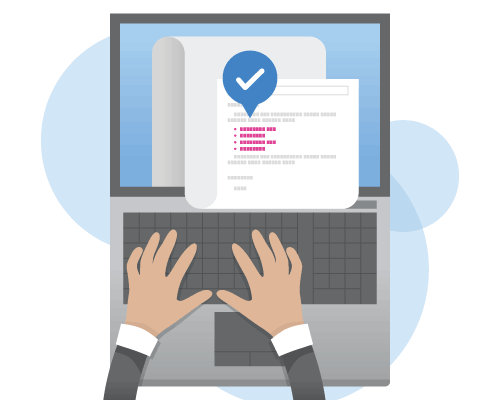
People are generally busy, and respecting their time can be the key to success. Keep your emails short and to the point, and easy to understand. A good idea can be to include a list of bullet points, pointing out the most critical issues, or questions you have. The less time your recipient has to spend on understanding your email, the better.
2. Personalize your emails
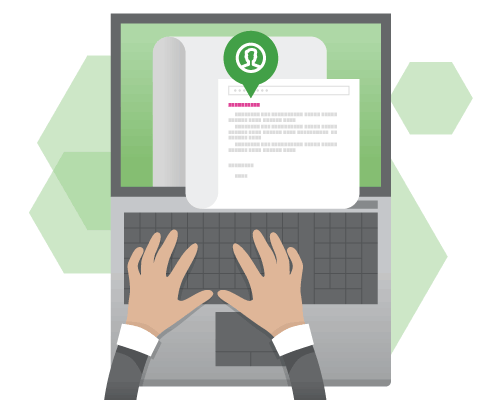
Keep a casual tone in your emails, and direct them specifically towards the recipient. Referring to a statement from a previous email can help ensure a polite and friendly tone, and show that you are attentive to details, and actually care about what they say.
3. Remember your attitude
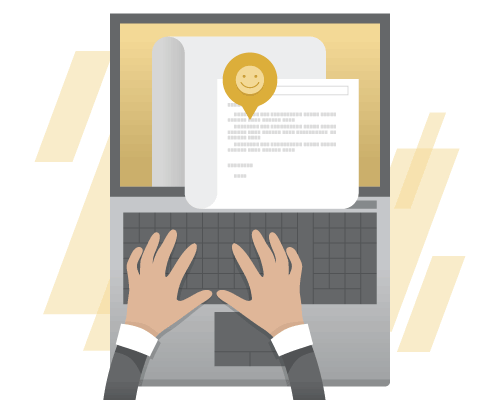
Written communication can easily be misinterpreted or misunderstood, as there are no visual emotions or body language following the message. Incorporating positive words can help lighten the mood, and make the communication flow smoother. Positivity goes a long way and reading words such as ”thanks”, ”appreciate”, ”great”, can evoke a range of favorable reactions by the recipient of your email.
To make your email easily understandable without being too wordy, add ”power words” to your email like more concrete verbs and vivid adjectives. For example, use ”attract” instead of just ”get” or ”interactive” than just ”interesting”.
4. Focus on content
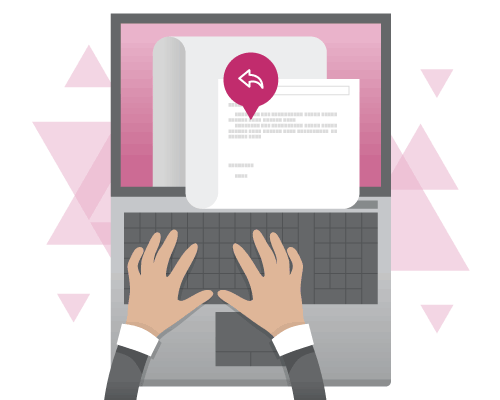
Is this the first email you are sending? Statistics show that 35% of email recipients open emails based on the subject line alone! Include the topic of your email, and keep it short. The same goes for the content of your email – again, respect your recipient’s time. Get to the point, be polite and keep it simple. Is the point of this email answering a request from a customer?
By stating clearly in the subject line what your recipient can get out from your email, you’ve already taken a huge step to grabbing their attention.
Remember to read the email thoroughly; sometimes the customer is just looking for more information from you. It is important that you address all questions; this will save you from going back and forth, and answering the same email multiple times.
5. Include a Call to action

After reading your email, the recipient should have a clear idea of what to do next. If they don’t, you leave them hanging, and the communication flow can die. Tell people exactly what you want them to do. This can simply be to confirm that they received your email, let you know if they have any questions or feedback, or respond to your request.
6. Proofread
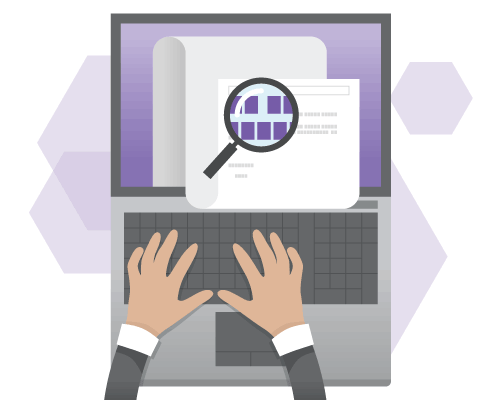
Nothing screams unprofessionalism and laziness more than spelling mistakes. Read through your email before you send it, make sure the language is clear and understandable, and that your message comes through. Imagine that you are receiving this email yourself, with no background information – is the message clear? Would you know how and what to respond?
I hope the above tips will help you improve your written communication, and increase your email writing skills. Don’t forget to take a look at our other posts on our blog, and learn more about marketing, communication, presentation design etc.

This article is written by Thea Lango. Head of Operations at 24Slides. You can catch Thea at thea@24slides.com.
Inspiration/sources:

